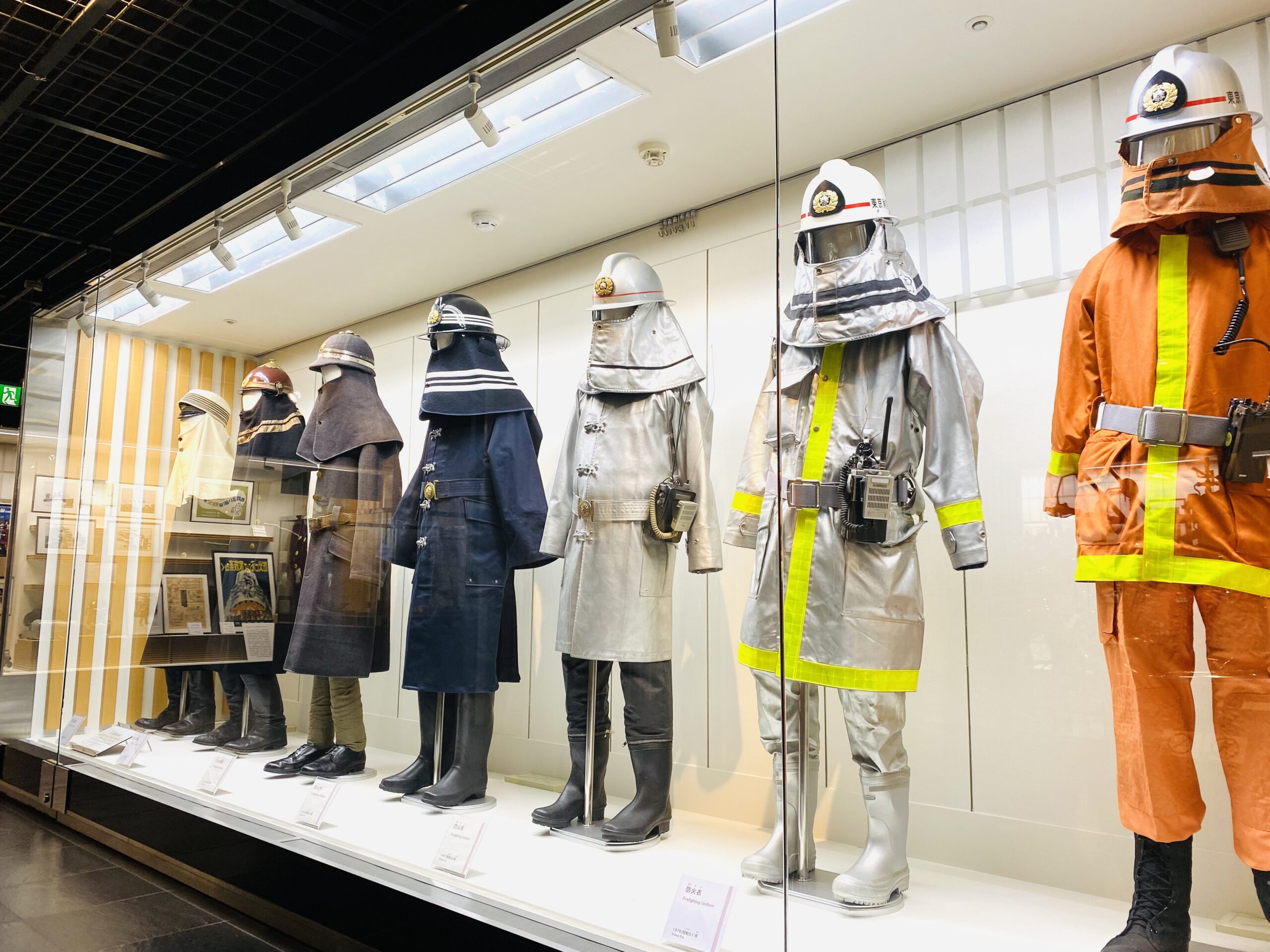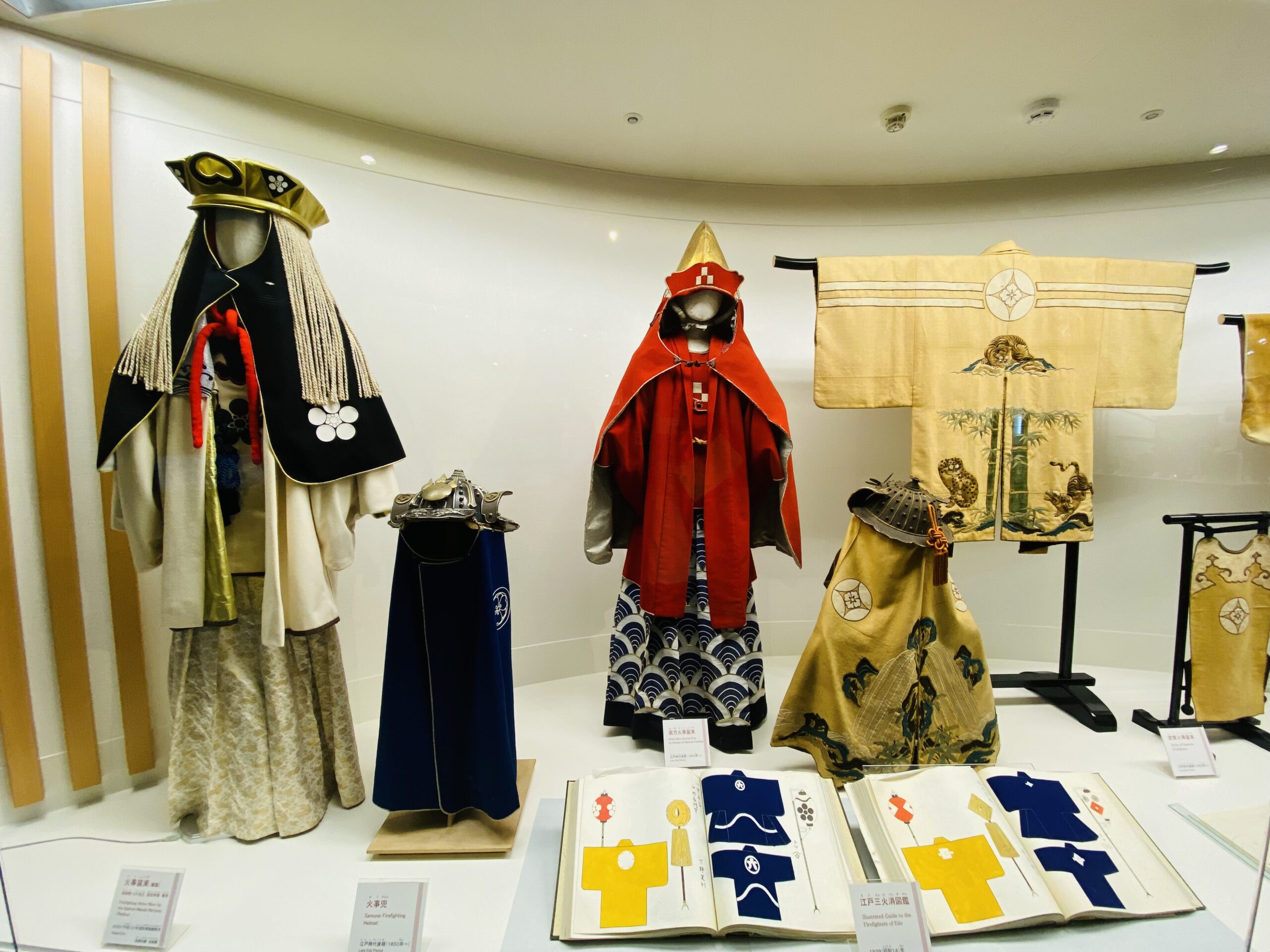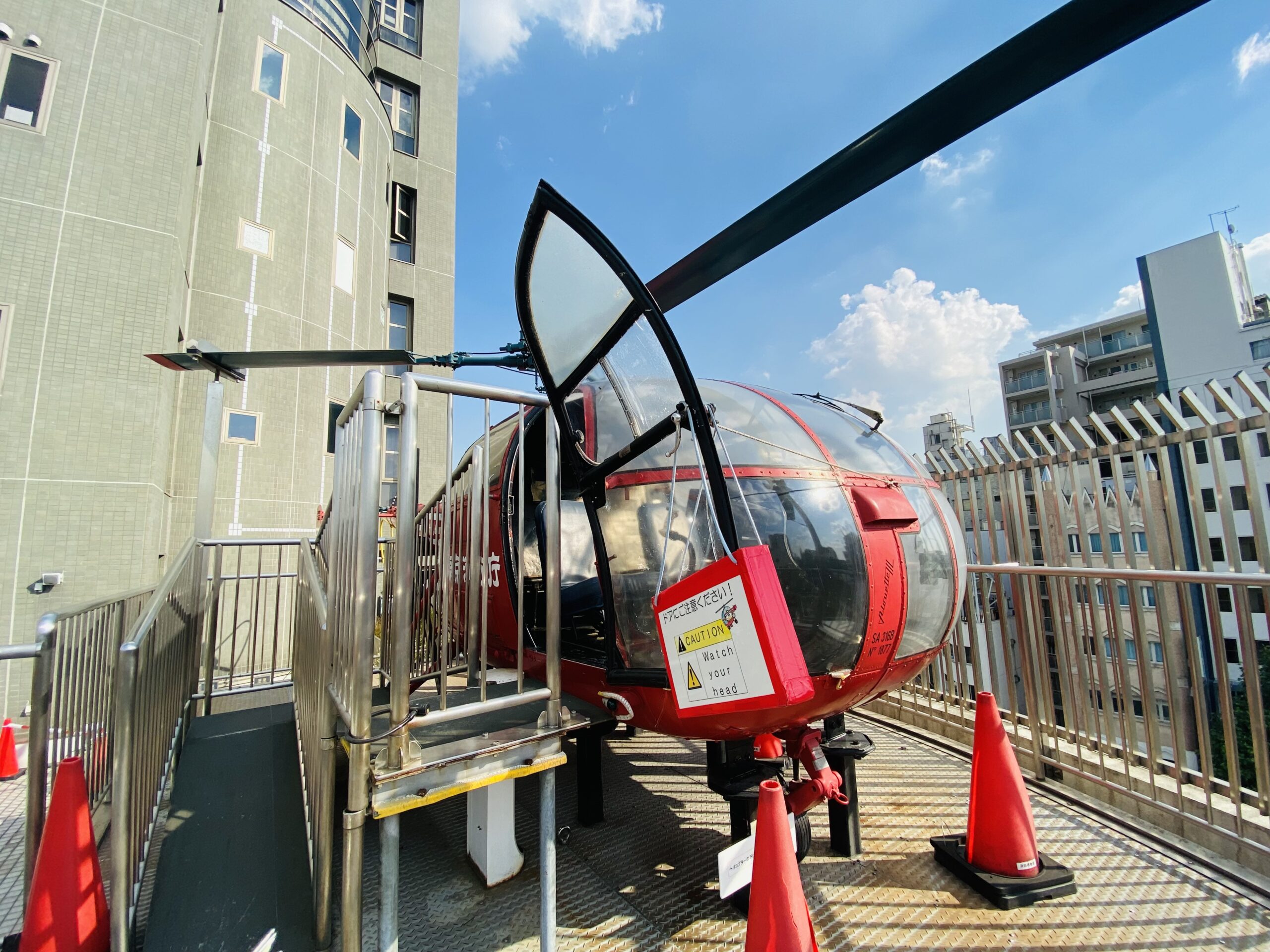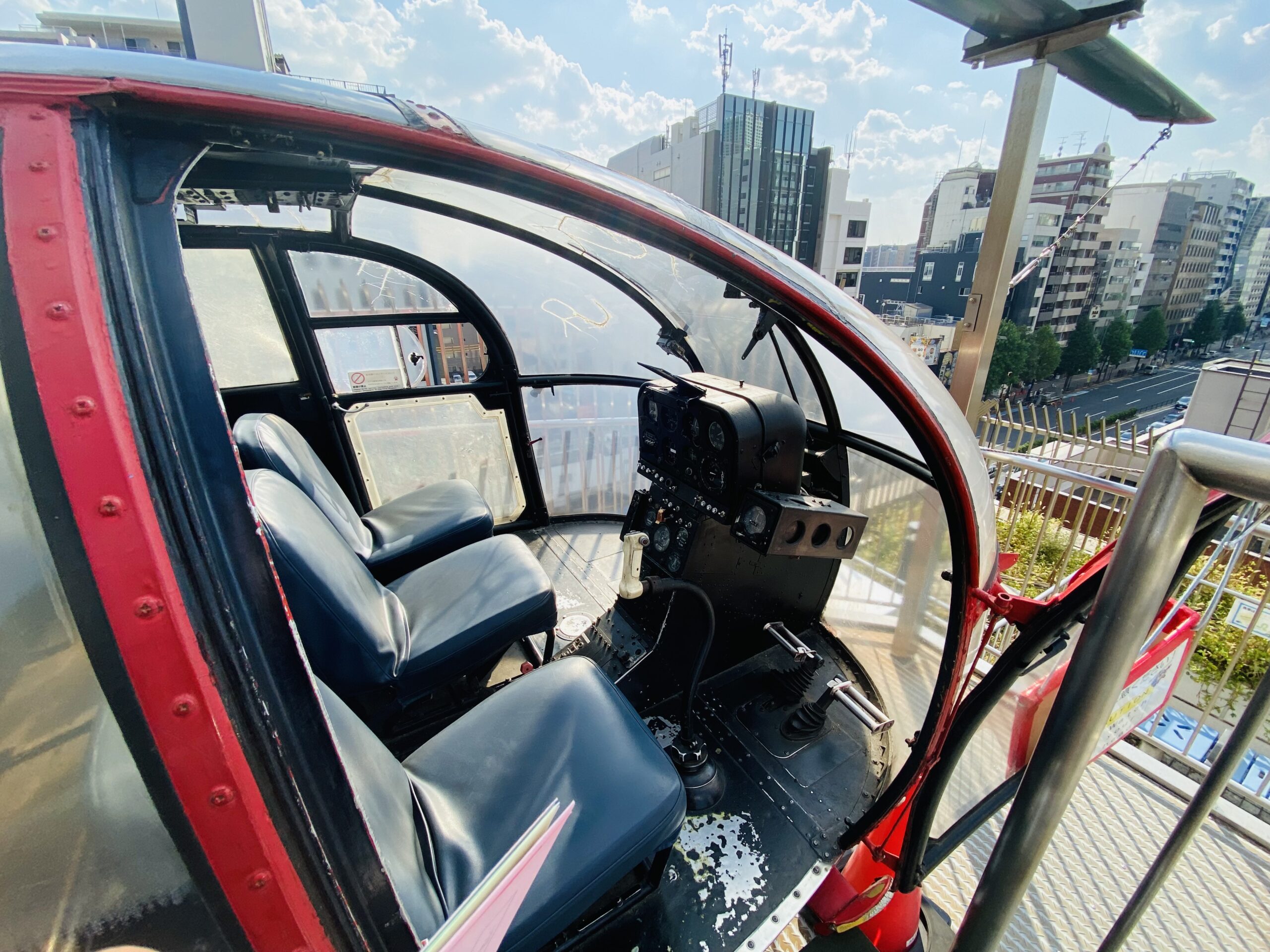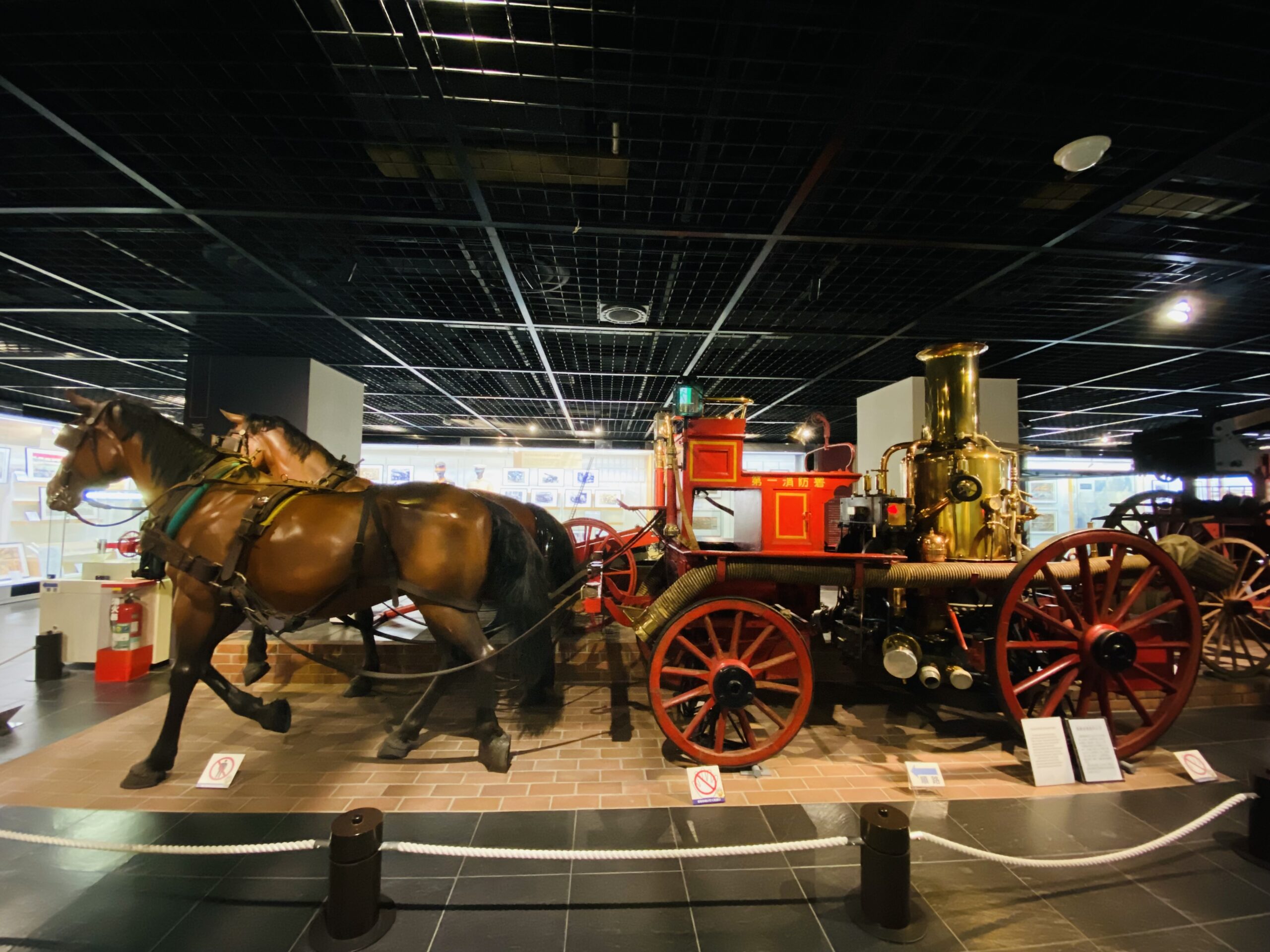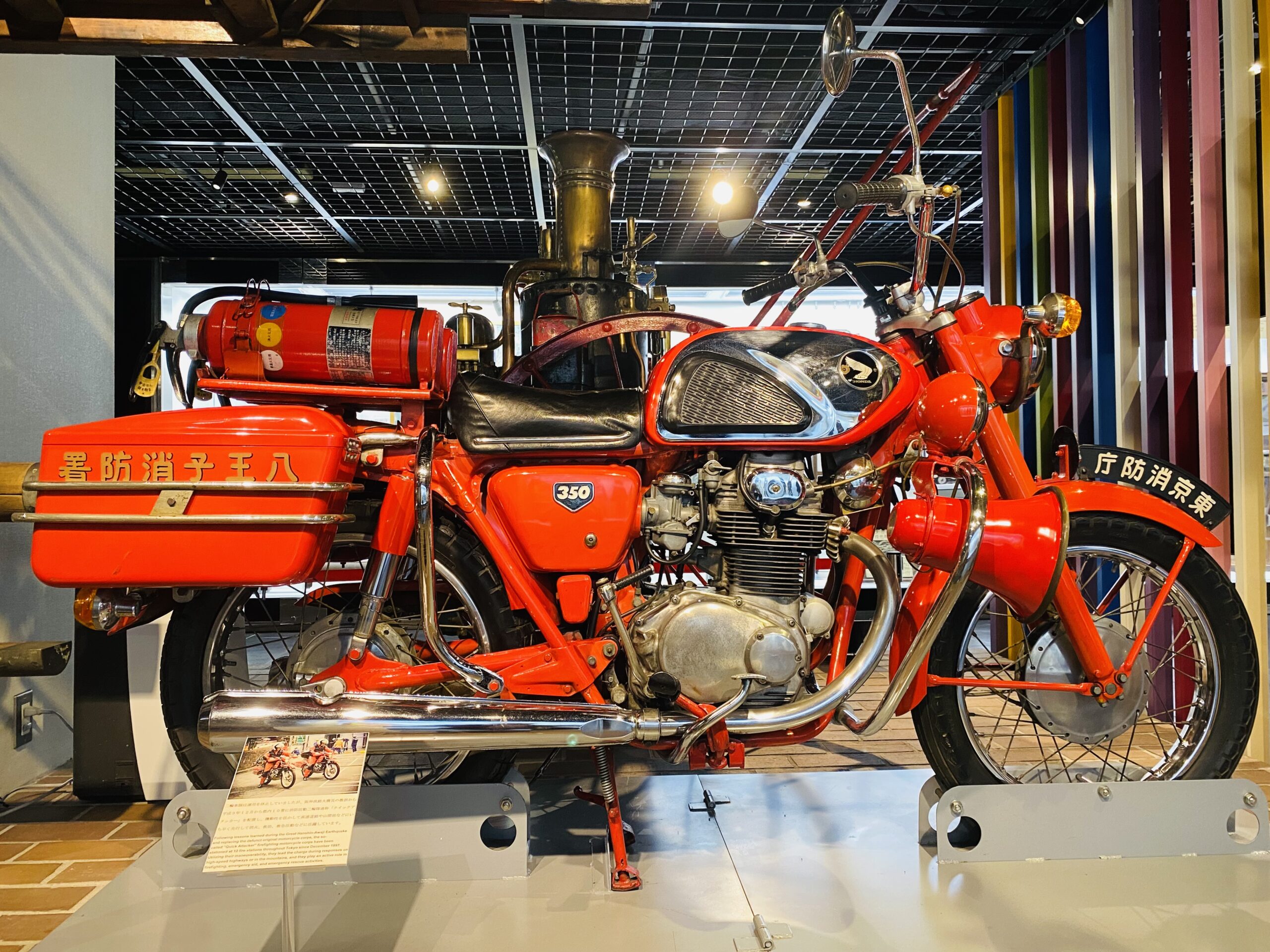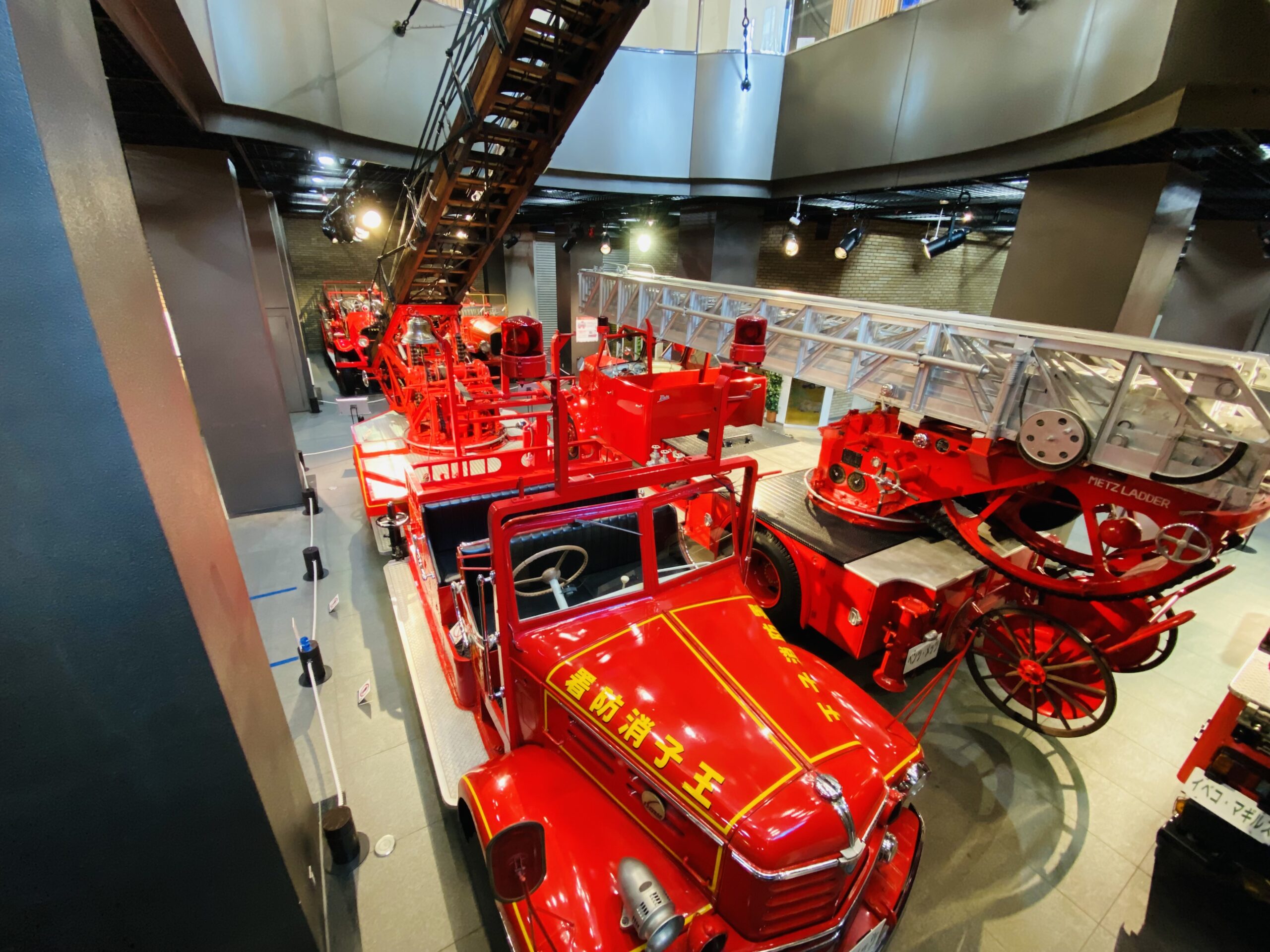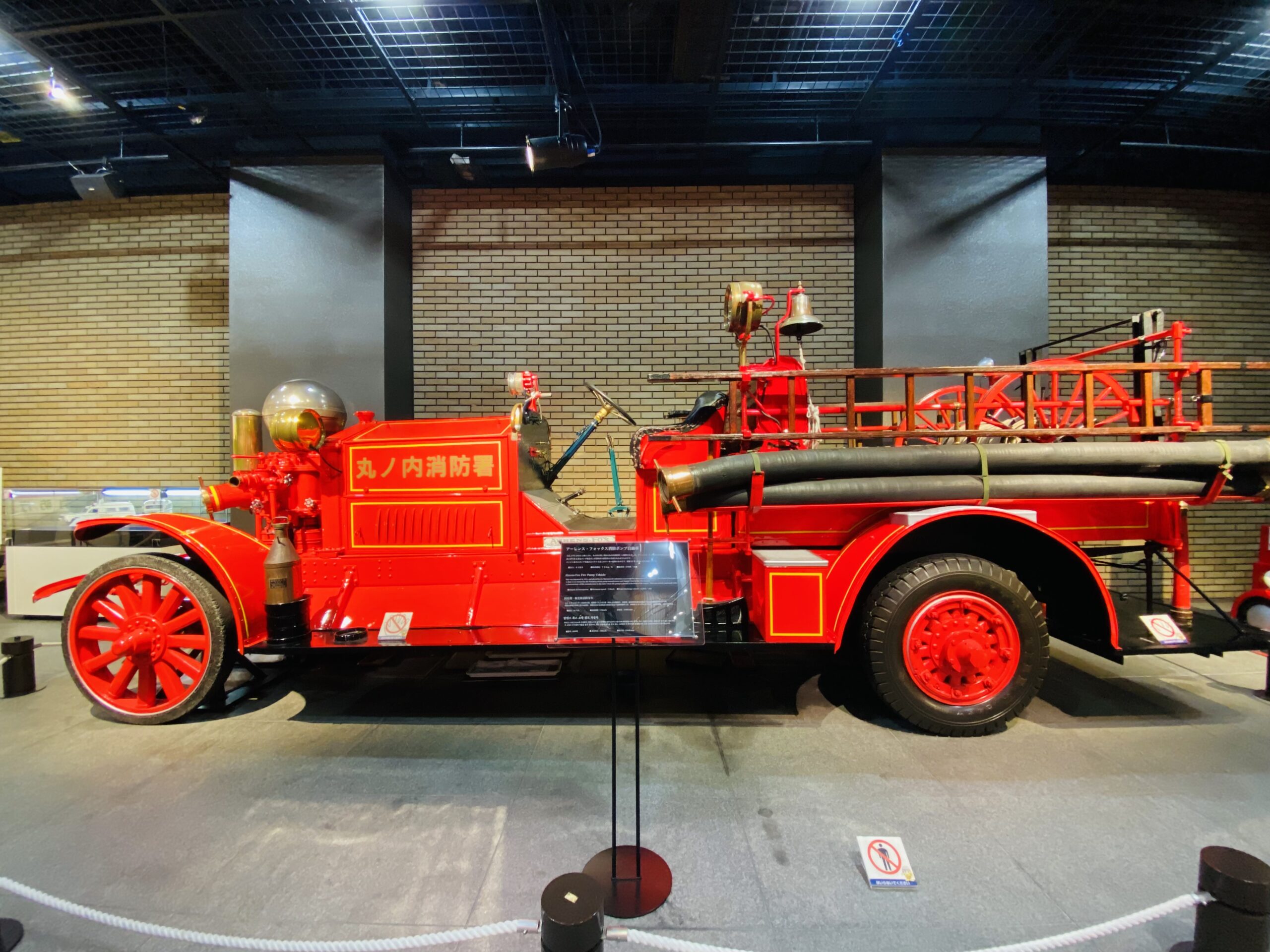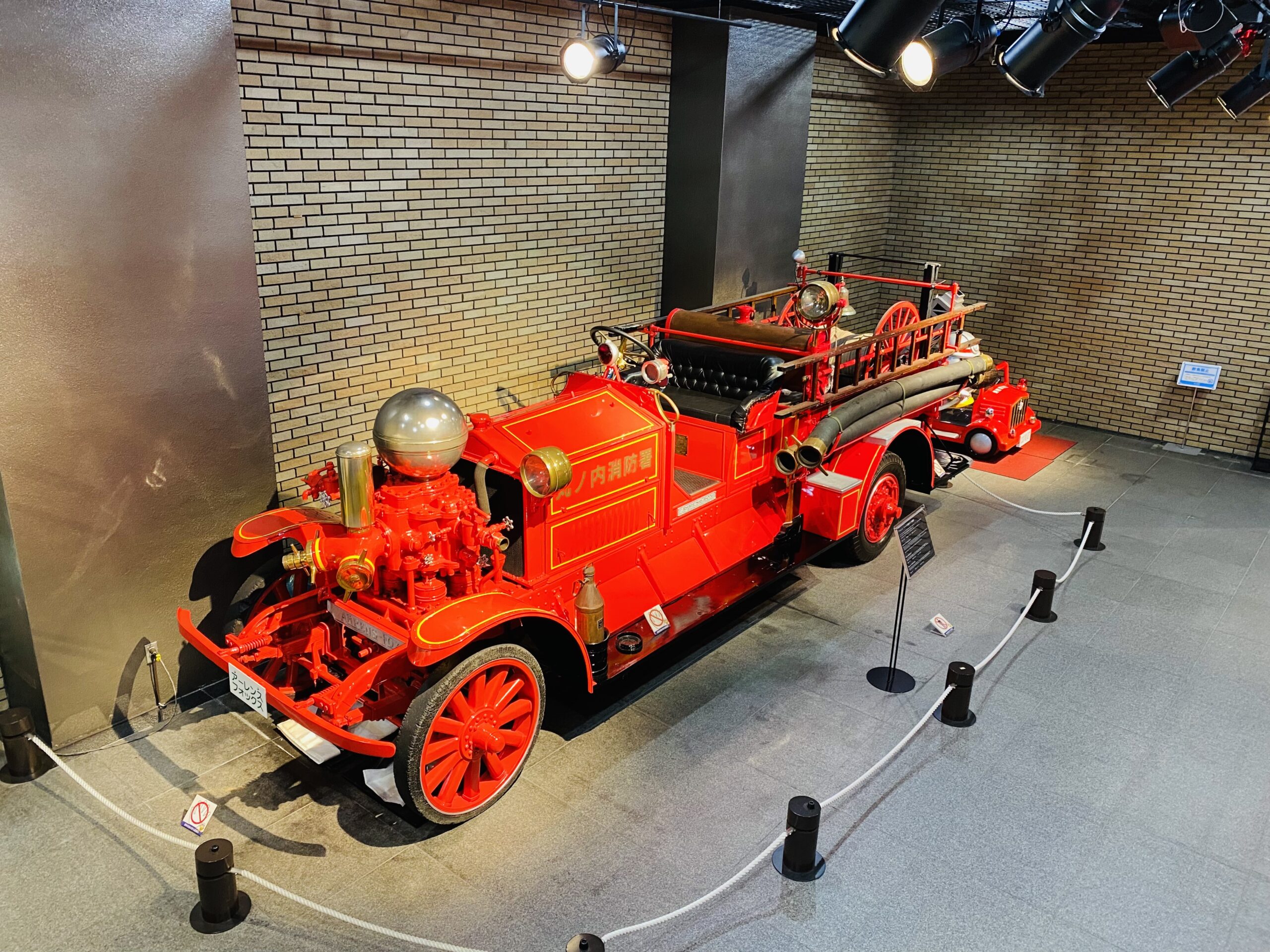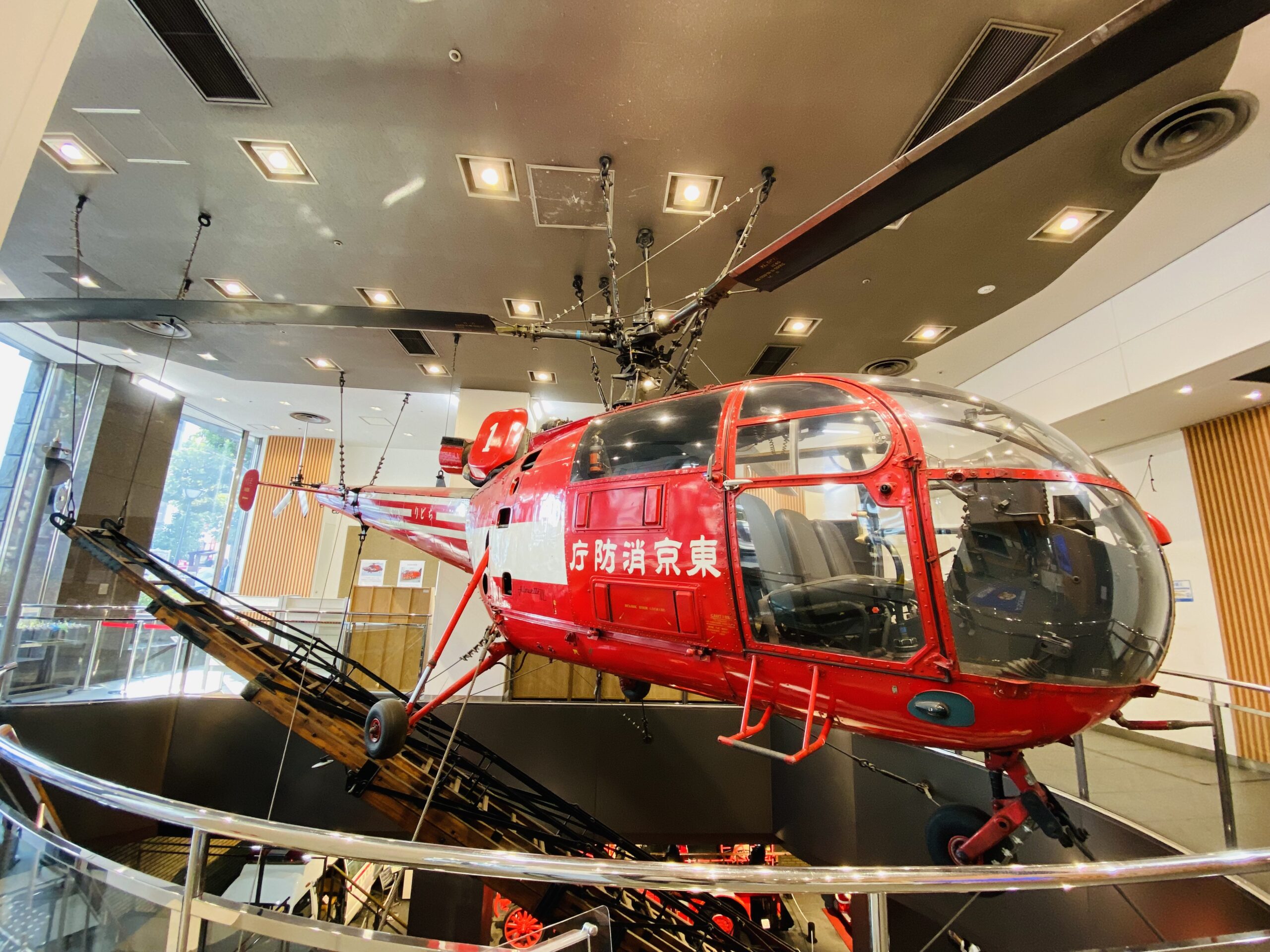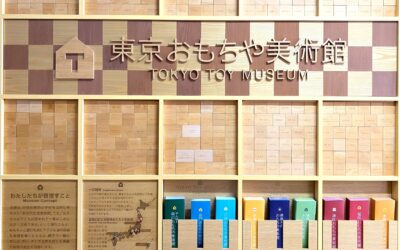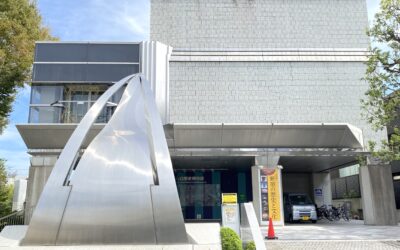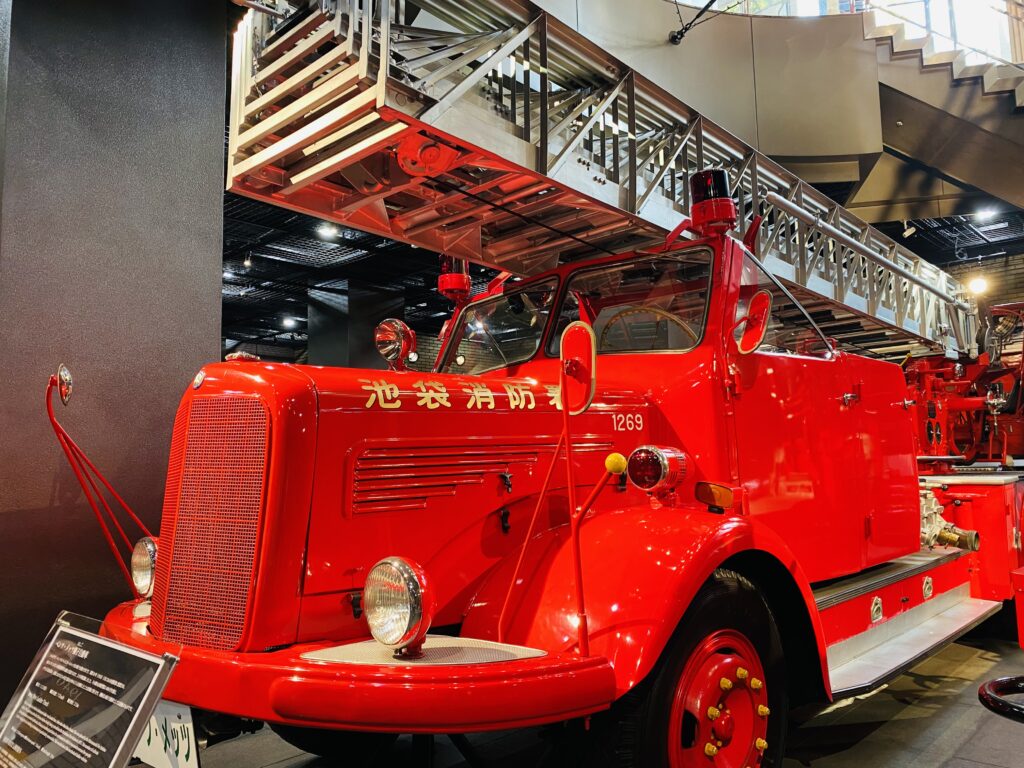
About the Museum
Closed: Mondays and New Year’s Holidays (Dec.29th – Jan. 3rd)
If Monday is a national holiday, the museum is closed the following day.
Hours of operation: 09:30 to 17:00
Admission: Free
Viewing time: (Carefully) 90 mins (Quickly) 25 mins
English brochure: Available
URL: https://www.tfd.metro.tokyo.lg.jp/eng/e_museum.html
Address: 3-10 Yotsuya, Shinjuku-ku, Tokyo
TEL: +81-3-3353-9119
E-mail: hakubutsukan@tokyo-bousai.or.jp
Nearest station: Yotsuya-Sanchome Station, Akebonobashi Station
What is the Fire Museum?
The first organized firefighting system in Japan was established in 1629, in the early Edo period (1603-1868). Initially, firefighting activities were carried out by samurai families under orders from the Edo shogunate, but in response to frequent fires, a firefighting system was established in which citizens could participate. As the modern era progressed, Japan’s firefighting system gradually became more sophisticated, and after the air defense system during World War II, the current firefighting system by local governments took root.
The Fire Museum, operated by the Tokyo Fire Department, displays firefighting equipment and apparatus from the Edo period to the present day and presents the entire history of organized firefighting in Japan.
What Can You See?
The Fire Museum is in a 10-story fire station building. The museum is located on the basement, first, and third to fifth floors. The first floor is the reception area, while the second floor is the actual fire station and is off-limits to visitors. If you want to follow the history of firefighting in Japan, it is recommended to start the tour from the 5th floor.
5th Floor: Firefighting in the Edo Period
Organized firefighting was born in Japan during the Edo period (1603-1868). Since ancient times, Japanese houses have been made of wood, so once a fire broke out, it was easy for the fire to spread. Therefore, in the Edo period, when infrastructure such as water supply and fire engines did not exist, the firefighting method was “destructive firefighting,” in which surrounding houses were destroyed to prevent the spread of fire. On this floor, visitors can learn about firefighting in the Edo period through exhibits of firefighting equipment from that era.
Also displayed in the outdoor section is the Aerospatiale Alouette III, a French-made firefighting helicopter deployed by the Tokyo Fire Department Air Squadron in 1972 and now retired. Visitors can sit in the cockpit as it was then.
4th Floor: Changes in Fire Fighting
Since the Edo period, firefighting in Japan has significantly evolved through mechanization and organizational modernization. On this floor, vehicles and equipment are displayed from the early 20th century to the present, and visitors can learn about these changes.
3rd Floor: Modern Firefighting
Japan is prone to various disasters, including earthquakes, typhoons, tsunamis, and fires. Modern firefighters must respond to different situations with firefighting and rescue operations. On this floor, an exhibition on modern firefighting showcases the Tokyo Fire Department’s latest efforts through images and models.
B1F: Fire Fighting Vehicles in Transition
On this floor, fire trucks, ambulances, and helicopters from the early 20th century, when fire trucks were first introduced to Japan, to the present day are on display. Some of the fire engines have historical value as famous vehicles.
Highlights of the Museum
The highlight of the museum is the fire vehicles on the basement level. Among them are the Stats fire pump vehicle and the Ahrens-Fox fire pump vehicle, both imported to Japan in 1924. These two vehicles are so beautifully proportioned that they could hardly be called fire trucks and are worthy of being classics.
Remarks
The museum rents out Japanese, English, Korean, and Chinese audio guides and has a small museum store on the basement floor.
Visitors can take as many pictures as they like inside the museum.
The Tokyo Toy Museum and the Shinjuku Historical Museum are also located within a 5-minute walk from the museum.
About Us
Museums in Japan (MiJ) is a website that introduces Japanese museums in English to tourists from abroad, based on information gathering activities in place.
